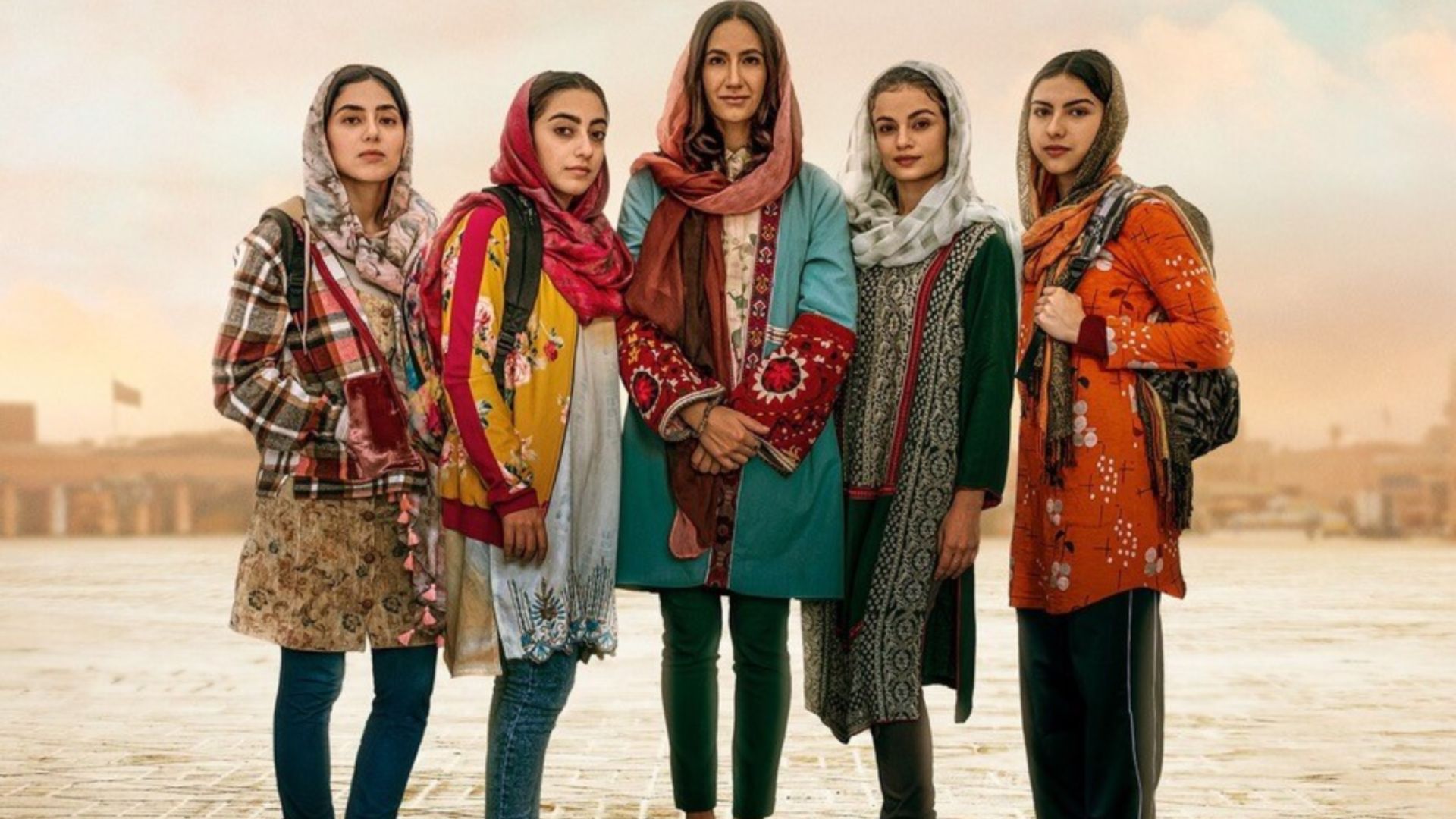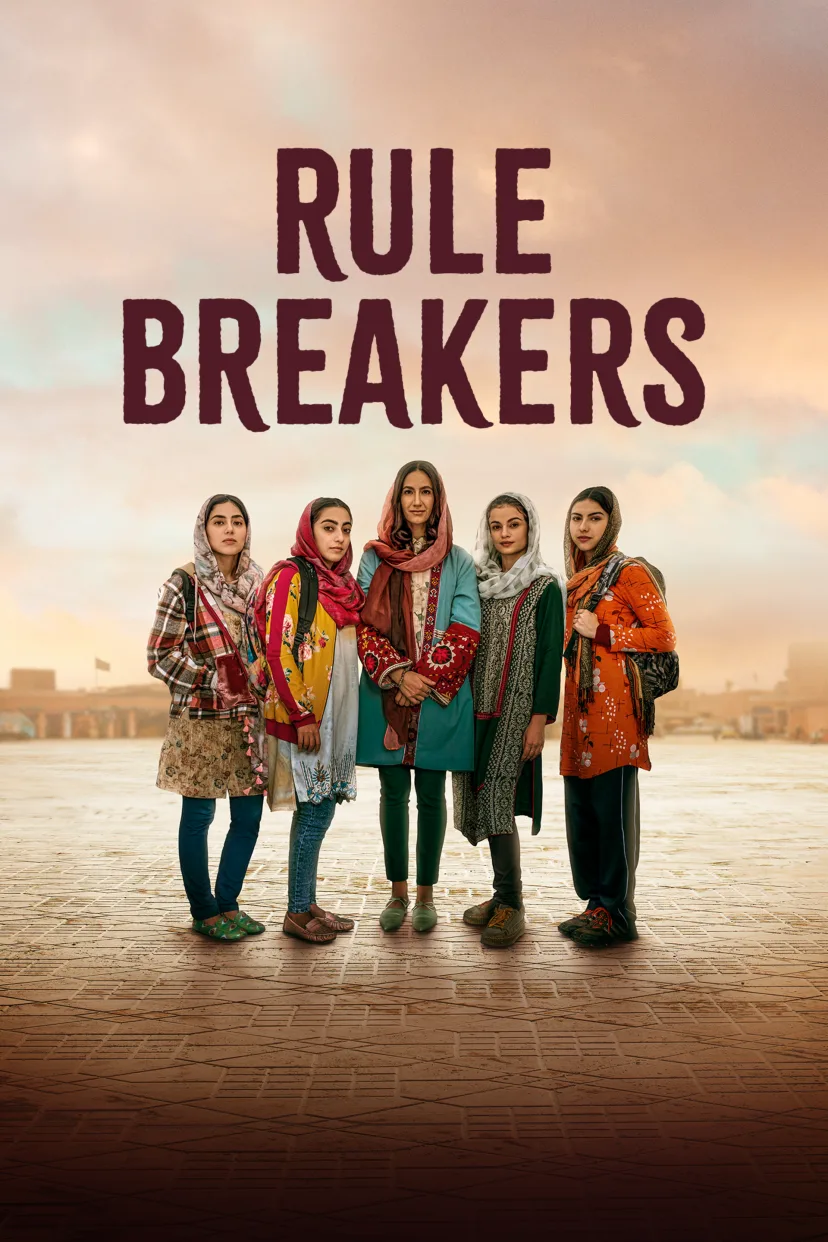Movie Rules: The Ultimate Guide To Mastering The Film Industry
Have you ever wondered what it takes to create a blockbuster movie? The film industry is a fascinating world filled with rules, guidelines, and secrets that most people don’t even know exist. Movie rules are like the unsung heroes behind every successful film. They shape how stories are told, how characters are developed, and how audiences connect emotionally with what they see on screen. So, if you’re ready to dive deep into this world, buckle up because we’re about to take you on a cinematic journey!
Let’s be honest, the movie industry isn’t just about glitz and glamour. Sure, red carpets and award shows get all the attention, but behind the scenes, there’s an intricate system of rules that filmmakers follow to ensure their work resonates with viewers. These rules aren’t written in stone, but they’re pretty close to being gospel for anyone serious about making great films.
Whether you’re a filmmaker, a movie enthusiast, or someone who just loves watching flicks on a lazy Sunday, understanding these movie rules can completely change how you perceive films. From scriptwriting to editing, from casting to post-production, every step of the process involves adhering to certain principles that make or break a movie. So, let’s break it down and explore the magic of movie rules!
Read also:My Desi Net Tamil Your Ultimate Guide To Exploring The Best Tamil Content
What Are Movie Rules?
Movie rules refer to the fundamental principles that guide filmmakers in creating compelling stories and visually stunning films. These rules cover everything from storytelling techniques to technical aspects like cinematography, sound design, and special effects. Think of them as the blueprint for crafting a movie that captivates audiences worldwide.
One of the most important things to understand is that movie rules aren’t rigid laws. Instead, they’re more like guidelines that help filmmakers navigate the complex world of filmmaking. For instance, the classic three-act structure is a rule that many screenwriters swear by. It divides a story into setup, confrontation, and resolution, ensuring the narrative flows smoothly and keeps viewers engaged.
Why Are Movie Rules Important?
Movie rules play a crucial role in shaping the quality and impact of a film. They provide a framework for filmmakers to work within while allowing room for creativity and innovation. By following these rules, filmmakers can ensure their movies meet certain standards of excellence and resonate with audiences on multiple levels.
- They enhance storytelling by providing structure and coherence.
- They improve visual storytelling through effective cinematography techniques.
- They ensure proper pacing and emotional engagement throughout the film.
Understanding the Three-Act Structure
The three-act structure is one of the most widely used movie rules in the industry. It breaks down a story into three distinct parts: setup, confrontation, and resolution. This structure helps filmmakers create a balanced narrative that keeps audiences hooked from beginning to end.
In the setup phase, we’re introduced to the main characters, the setting, and the central conflict. The confrontation phase is where the tension builds, and the stakes are raised. Finally, the resolution ties everything together, providing closure and satisfaction for the audience.
Breaking Down the Acts
Each act in the three-act structure serves a specific purpose and follows certain guidelines. Let’s take a closer look at what happens in each act:
Read also:The Real Camilla Nude Unveiling The Truth Behind The Sensation
- Act One (Setup): Introduce the protagonist, establish the world, and present the inciting incident.
- Act Two (Confrontation): Develop the conflict, introduce obstacles, and build tension.
- Act Three (Resolution): Resolve the conflict, provide closure, and leave a lasting impression.
The Role of Cinematography in Movie Rules
Cinematography is another critical aspect of movie rules that often goes unnoticed by casual viewers. It involves the art and technique of capturing images on film or digitally. Cinematographers use various techniques to enhance the storytelling and create a visually compelling experience.
For example, camera angles, lighting, and framing are all elements of cinematography that contribute to the overall mood and tone of a scene. A low-angle shot can make a character appear powerful, while a close-up can emphasize emotion and intensity.
Key Cinematography Techniques
Here are some essential cinematography techniques that filmmakers use to adhere to movie rules:
- Rule of thirds: A compositional guideline that divides the frame into nine equal parts using two horizontal and two vertical lines.
- Depth of field: The range of distance within a scene that appears acceptably sharp.
- Movement: Using camera movement to add dynamism and energy to a scene.
Sound Design and Its Impact on Movie Rules
Sound design is another crucial element of movie rules that significantly impacts the audience’s experience. It encompasses everything from dialogue and music to sound effects and ambient noise. Effective sound design can elevate a film, making it more immersive and engaging.
For instance, a suspenseful scene might use eerie music and subtle sound effects to build tension, while a romantic scene might rely on soft melodies and gentle sounds to create intimacy. The right sound design can enhance the emotional impact of a movie and leave a lasting impression on viewers.
Types of Sound in Films
Sound in films can be categorized into several types, each serving a specific purpose:
- Dialogue: The spoken words between characters.
- Music: The soundtrack or score that accompanies the film.
- Sound Effects: The auditory elements that enhance the visual experience.
- Ambient Noise: Background sounds that provide context and atmosphere.
Character Development and Movie Rules
Character development is a vital part of movie rules that focuses on creating well-rounded, believable characters that audiences can relate to. A strong character arc is essential for keeping viewers invested in the story and its outcome.
Characters should have clear motivations, flaws, and growth throughout the film. This makes them more relatable and interesting to watch. For example, a hero’s journey often involves overcoming personal challenges and learning valuable lessons along the way.
Building Memorable Characters
Here are some tips for building memorable characters that adhere to movie rules:
- Give characters distinct personalities and traits.
- Create compelling backstories that inform their actions.
- Ensure characters undergo meaningful transformations.
Post-Production and Movie Rules
Post-production is where the magic happens, and movie rules come into play in editing, visual effects, and sound mixing. This stage involves assembling all the raw footage and audio into a cohesive final product that aligns with the filmmaker’s vision.
Editors use techniques like pacing, transitions, and montage sequences to enhance the storytelling. Visual effects artists create stunning visuals that bring the story to life, while sound mixers ensure every audio element is balanced and clear.
Key Post-Production Techniques
Here are some essential post-production techniques that filmmakers use to follow movie rules:
- Editing: Assembling footage and audio to create a seamless narrative.
- Visual Effects: Adding CGI and other effects to enhance the visual experience.
- Sound Mixing: Balancing audio levels for clarity and impact.
Movie Rules and Audience Engagement
At the heart of movie rules is the goal of engaging audiences and creating memorable experiences. Filmmakers use a combination of storytelling, visuals, and sound to captivate viewers and leave a lasting impression.
Understanding audience preferences and trends is crucial for filmmakers looking to create films that resonate with modern viewers. This involves staying up-to-date with industry developments and incorporating new technologies and techniques into their work.
Staying Relevant in the Film Industry
To stay relevant in the ever-evolving film industry, filmmakers must continuously adapt and innovate. Here are some ways they can do this:
- Embrace new technologies and tools for filmmaking.
- Experiment with different genres and storytelling styles.
- Engage with audiences through social media and other platforms.
Conclusion: Embracing the World of Movie Rules
Movie rules are the backbone of the film industry, guiding filmmakers in creating exceptional movies that captivate audiences worldwide. From storytelling and cinematography to sound design and post-production, these rules provide a framework for crafting films that resonate on multiple levels.
So, whether you’re a filmmaker, a movie buff, or simply someone who enjoys watching films, understanding movie rules can enhance your appreciation for the art of filmmaking. And remember, while rules are important, they’re meant to be bent and broken when creativity calls for it.
Now it’s your turn! Share your thoughts in the comments below. What are your favorite movie rules? How do you think they impact the films you love? And don’t forget to check out our other articles for more insights into the world of cinema.
Table of Contents
Article Recommendations


